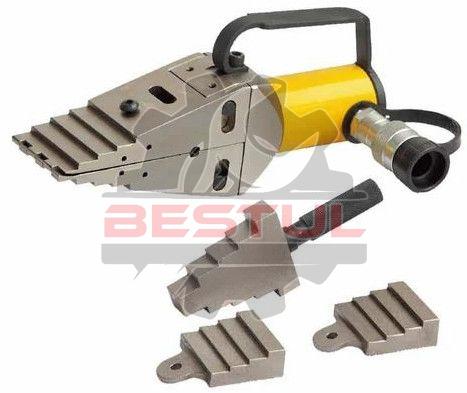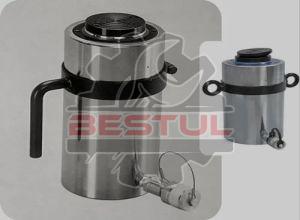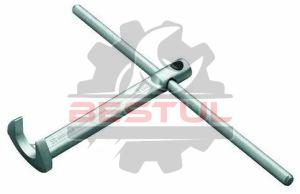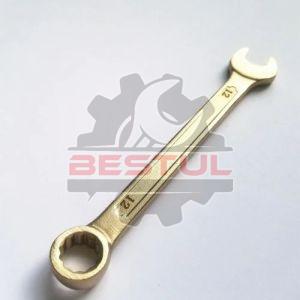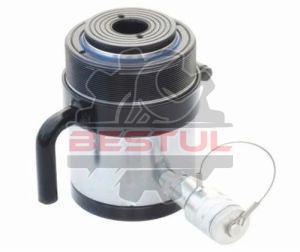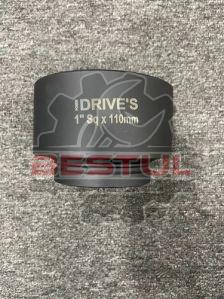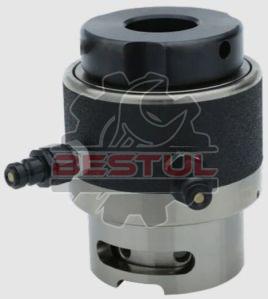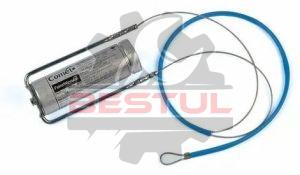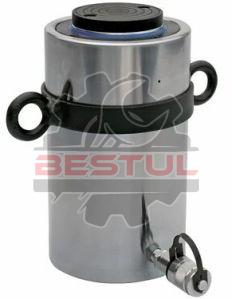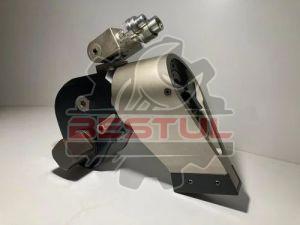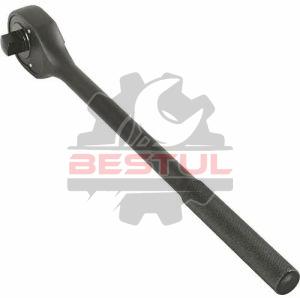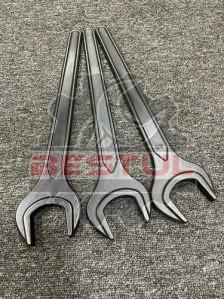| Business Type | Exporter, Supplier |
| Country of Origin | Made in India |
| Brand Name | BESTUL |
| Weight | 10 Kg |
| Click to view more | |
Product Details
A hydraulic flange spreader with a manual pump is a tool used for separating flanges or joints in various industrial applications. Here's how it typically works:
Hydraulic Flange Spreader: This tool consists of two spreading wedges that are inserted between the flanges or joints that need to be separated. These wedges are operated hydraulically to exert force and gradually push the flanges apart.
Manual Pump: The manual pump is used to generate hydraulic pressure. It's usually a hand-operated pump that you can squeeze or pump to build pressure in the hydraulic system. This pressure is then transmitted to the hydraulic flange spreader, causing the spreading wedges to exert force on the flanges, gradually separating them.
Operation: To use the hydraulic flange spreader with a manual pump, you would typically place the spreading wedges between the flanges or joints to be separated. Then, you would operate the manual pump to build pressure in the hydraulic system. As pressure builds, the spreading wedges will begin to push the flanges apart, gradually creating the desired separation.
Safety: It's essential to follow proper safety procedures when using hydraulic tools, including wearing appropriate personal protective equipment and ensuring that the equipment is in good working condition.
Overall, a hydraulic flange spreader with a manual pump provides a versatile and portable solution for separating flanges or joints in various industrial settings. Versatility: Hydraulic flange spreaders are versatile tools commonly used in industries such as oil and gas, petrochemical, power generation, and manufacturing. They can be used to separate flanges of different sizes and configurations, including those with limited access or in tight spaces.
Capacity: Hydraulic flange spreaders come in various sizes and capacities to accommodate different types of flanges and the amount of force required for separation. Some models may have a higher maximum spreading capacity to handle heavier-duty applications.
Ease of Use: While hydraulic tools typically require hydraulic fluid for operation, manual pumps offer the advantage of not needing external power sources like electricity or compressed air. This makes them easy to use in remote or outdoor locations where power may not be readily available.
Adjustability: Many hydraulic flange spreaders feature adjustable spreading widths to accommodate different flange sizes and configurations. This adjustability allows for precise control over the spreading process and ensures a secure and efficient separation without damaging the flanges.
Durability: Quality hydraulic flange spreaders are constructed from durable materials such as hardened steel or aluminum alloy to withstand the rigors of industrial use. Proper maintenance, including regular lubrication and inspection, helps ensure longevity and reliable performance.
Portability: Hydraulic flange spreaders with manual pumps are often designed to be compact and lightweight for easy transportation and maneuverability. This portability enables workers to use them in various locations within a facility or on job sites.
Cost-Effectiveness: Compared to hydraulic tools that require power sources such as electric or pneumatic pumps, manual pumps offer a cost-effective solution for applications where occasional use or portability is more critical than continuous operation.
Overall, hydraulic flange spreaders with manual pumps are essential tools in industries where the efficient separation of flanges is required, offering versatility, ease of use, and reliability in various working environments.

